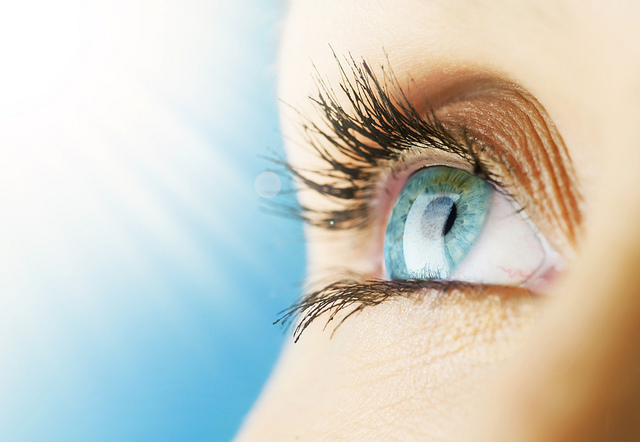Five Fascinating Facts About Your Eyes
Eyes are great for lots of reasons: they enable us to see the world and connect with people, they are almost always beautiful, and they are thought to be ‘the window to the soul’. Here are another five reasons that eyes really are fantastic!
1. All Blue-eyed People Share A Common Ancestry
In 2008, Hans Eiberg and his team from the Department of Cellular and Molecular Medicine at the University of Copenhagen discovered a genetic mutation that led to the appearance of blue eyes. “Originally, we all had brown eyes,” Eiberg explains, but a mutation occurred somewhere between 6,000 and 10,000 years ago, when the first blue eyes appeared. The mutation affects the OCA2 gene and limits the production of melanin, the pigment that gives us brown eyes. Interestingly, if your body did not produce melanin at all, your eyes, hair, and skin would all lack colour and result in the disorder known as albinism.
2. 20/20 Vision Is Not So Special After All
Despite the popular misconception, having ‘20/20 vision’ is actually considered normal as opposed to extraordinary. After giving many eye tests, researchers concluded that the average person can read an eye chart from 20 feet away and thus, 20/20 is normal. So if you ever want to impress someone with your fantastic vision, don’t tell them that it’s 20/20, tell them that you have 10/20 vision!
3. Blinking ‘eck!
On average, we blink 17 times per minute, 14,280 times per day, and 5.2 million times a year! It’s claimed we blink more when we talk and less when we read, which may be why our eyes get tired quicker when reading. What’s more, we say “in the blink of an eye” because blinking is the fastest muscle movement we can do. A blink lasts around 100-150 milliseconds and we can blink up to five times in one second alone. Now that is blinking fast!
4. There Are Much More Than 50 Shades Of Grey!
In fact, 50 is a very conservative guess. It is estimated that the human eye can distinguish up to 500 different shades of grey, although this depends on eye health and viewing circumstances. More generally, people would discriminate between around 100 different shades, allowing for a 1% increase in ‘brightness’ before suggesting that there is a change in shade.
5. Fatiguing Yellow
Vision can react differently to various colours and it is claimed that bright yellow is the most tiring to look at. Why? Because more light is reflected by bright colours, which results in excessive eye stimulation and thus, fatigue. That said, it is also considered a cheerful colour that will get attention. If you want to paint your walls yellow, try opting for a pale shade which is not so much of an irritant.



